Multiple police officers stood in a hallway at Robb Elementary School armed with rifles and at least one ballistic shield within 19 minutes of a gunman arriving at the campus, according to documents reviewed by the American-Statesman, a devastating new revelation deepening questions about why police didn’t act faster to stop the shooter who killed 19 children and two teachers last month.
Even as officers with high-powered weapons and ballistic shields massed inside the blue and green hallway, the gunman could be heard firing rounds — including at 12:21 p.m., 29 minutes before officers entered the classroom and killed him.
Investigators say the latest information indicates officers had more than enough firepower and protection to take down the gunman long before they finally did.
Authorities have produced the most extensive timeline yet since the 18-year-old armed with an AR-15 walked into the Uvalde school on May 24, shattering a South Texas town and reigniting the gun debate nationwide.
Much of the new information is expected to be presented at a Texas Senate hearing Tuesday, the first of two consecutive days of hearings at the Capitol that will give members of the public their first opportunity to address lawmakers on gun violence and related issues.
The law enforcement response has been scrutinized by state and federal investigators since shortly after the massacre. On May 27, Texas Department of Public Safety Director Steve McCraw revealed that officers waited more than 70 minutes to confront the shooter, even as trapped fourth graders inside two classrooms were desperately calling 911 for help. The delayed response ran counter to widely accepted law enforcement protocol, developed from many similarly horrific school shootings nationwide, that calls for officers to stop the shooter promptly and resolutely. The delay in the Uvalde response raises questions about whether any lives could have been saved.
The latest timeline shows that officers ultimately breached a classroom door at 12:50 p.m.; the shooter had entered at 11:33 a.m.
Authorities have reconstructed the events of May 24 using footage from inside the school, which showed the gunman casually entering a rear door, walking to a classroom and immediately spraying gunfire before barricading himself. The timeline also was built using body camera video from more than a dozen officers inside the school.
According to the new information, 11 officers entered the school within three minutes of the gumman. Pete Arredondo, chief of the Uvalde school district police force, called a landline at the Uvalde Police Department at 11:40 a.m. for help.
“It’s an emergency right now,” he said. “We have him in the room. He’s got an AR-15. He’s shot a lot. … They need to be outside the building prepared because we don’t have firepower right now,” he said. “It’s all pistols.
“I don’t have a radio,” he added. “I need you to bring a radio for me.”
Four minutes later, at 11:44 a.m., body camera footage detected more shots from the gunman.
At 11:52 a.m., an officer with the first ballistic shield entered the school as other officers grew increasingly impatient.
“If there’s kids in there, we need to go in there,” one officer said.
Another responded, “Whoever is in charge will determine that.”
A transcript of body camera footage from officers showed Arredondo was trying to find keys to open the classroom door, even though officials say they do not believe officers had tried to open the door.
At 12:03 p.m., an officer with another ballistic shield entered the school, and a third arrived two minutes later.
The new information shows Arredondo also tried to speak to the gunman, asking him whether he could hear him.
About 30 minutes before the breach, Arredondo wondered aloud whether officers would consider “popping him through the window? Get two shooters on either side of the window? I say we breach those windows and shoot his (expletive) head off through the windows.”
At 12:46 p.m., the timeline indicates that Arredondo told SWAT team officers who had arrived that they should breach the classroom door if they were ready.
By then, medical units had arrived, and footage shows them tending to children in the hallway after the gunman was dead.
Hearings won’t address limiting firearms
Agendas for the two Senate committee hearings include no mention of limiting access to firearms, and the state’s Republican leaders have insisted that gun restrictions will be off-limits as lawmakers respond to the shooting.
The Senate Special Committee to Protect All Texans, recently formed at Gov. Greg Abbott’s request, will hear invited witnesses and public testimony on three issues at Tuesday’s hearing — school safety, police training and social media.
On Wednesday, the committee of eight Republicans and three Democrats will tackle mental health and firearm safety.
Both hearings will begin at 9 a.m. in the Senate chamber, with public testimony limited to two minutes per speaker.
State Sen. Robert Nichols, R-Jacksonville, chairman of the committee, said he expects to cast “a wide net” to examine a complex issue and develop recommendations to present to the full Senate.
“These hearings are meant to be a forum for robust discussion about solutions to the pervasive problem of tragic school shootings,” he said. “I acknowledge that there won’t be just one solution to these problems, and it is my hope that the work of this committee reflects that.”
Lt. Gov. Dan Patrick, who presides over the Texas Senate, chose a traditional committee structure after Abbott requested special panels to investigate the Uvalde shooting and guide the Legislature’s response. In addition to the GOP chairman, Patrick tapped two fellow Republicans to serve as vice chairs: Sens. Lois Kolkhorst of Brenham and Brandon Creighton of Conroe.
House committee meeting privately
Across the Capitol’s Rotunda, House Speaker Dade Phelan, R-Beaumont, took a different path, creating a three-member special committee with a Republican chairman, a Democratic vice chair and former Texas Supreme Court Justice Eva Guzman, a Republican.
That committee has held four hearings — including three in the City Council Chambers in Uvalde — but is conducting its business in private, hearing from witnesses in executive session.
Some Uvalde residents have questioned that approach, particularly after initial portrayals of the shooting by law enforcement and Abbott were inaccurate or incomplete.
Speaking during Friday’s meeting in Uvalde, the committee’s chairman, Rep. Dustin Burrows, said he was approached by a concerned resident after his committee had toured Robb Elementary School, where the shooting took place, that morning.
Burrows, R-Lubbock, said witnesses are more comfortable answering questions without cameras present, which promotes the committee’s top goal — a full and accurate accounting about what happened during the May 24 attack.
“Before this committee is willing to announce what we believe is the factual, accurate information, we want to hear from all sides, all different viewpoints,” he said before the room was cleared so two school district police officers and two Robb Elementary teachers could be questioned in private.
In previous meetings, the committee heard from top officials of the Department of Public Safety, Uvalde police, teachers and district officials, including the superintendent and the school principal. Wednesday’s meeting also will take place in private.
Two other House committees will meet later this week at the Capitol for a joint hearing — with invited witnesses only — to examine laws and policies put in place after eight students and two teachers were shot to death at Santa Fe High School in 2018.
Other topics include improving firearm safety, examining active shooter response training and coordinating agencies to better prevent and respond to mass shootings.
The hearing will begin at 10 a.m. Thursday with the Committee on Homeland Security and the House Select Committee on Youth Health and Safety, which was expanded after the Uvalde shooting with legislators whose districts include the sites of recent mass shootings — El Paso, Sutherland Springs, Odessa, Santa Fe and Uvalde.
© Copyright (c) 2022 Austin American-Statesman
—-
This content is published through a licensing agreement with Acquire Media using its NewsEdge technology.



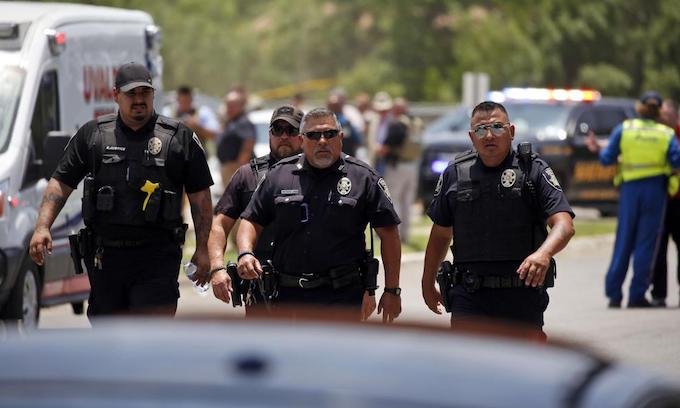
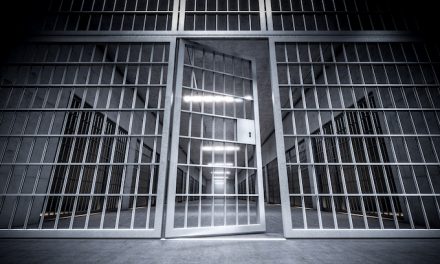
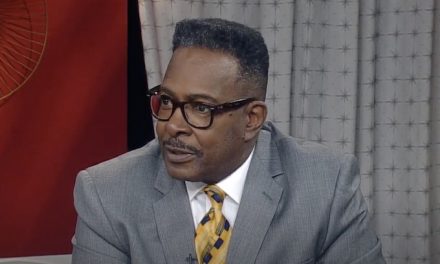
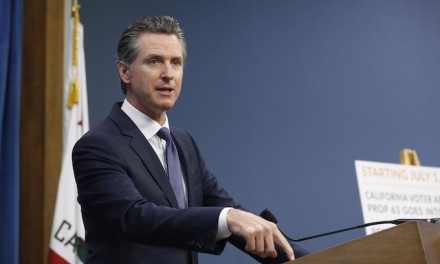









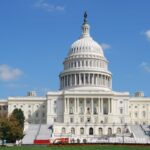


There certainly is a lot of contradictory information surrounding this incident—way too much. Sounds like somebody or some group is in CYA mode.
Seems like as more time goes by the police dept. is looking more and more incompetent. Recently heard they only had to wait a few minutes to get the bullet proof equipment instead of the original 1 hour wait, but they STILL waited an hour. A complete investigation is needed into this police dept.
Maybe they took advice from Coward county in FL.. Sorry i mean broward county.
I’m still curious about who started the rumor that a school security officer had exchanged fire and perhaps was wounded before the creep entered the building.
Every one of these sniveling cowards needs to be charged with accomplice to manslaughter. The more I hear about this tragedy, the madder I get. And all the democraps can do is attempt to confiscate guns from law abiding citizens. We are living in interesting times.
SOMEONES head needs to roll for this, THAT is for damn certain!